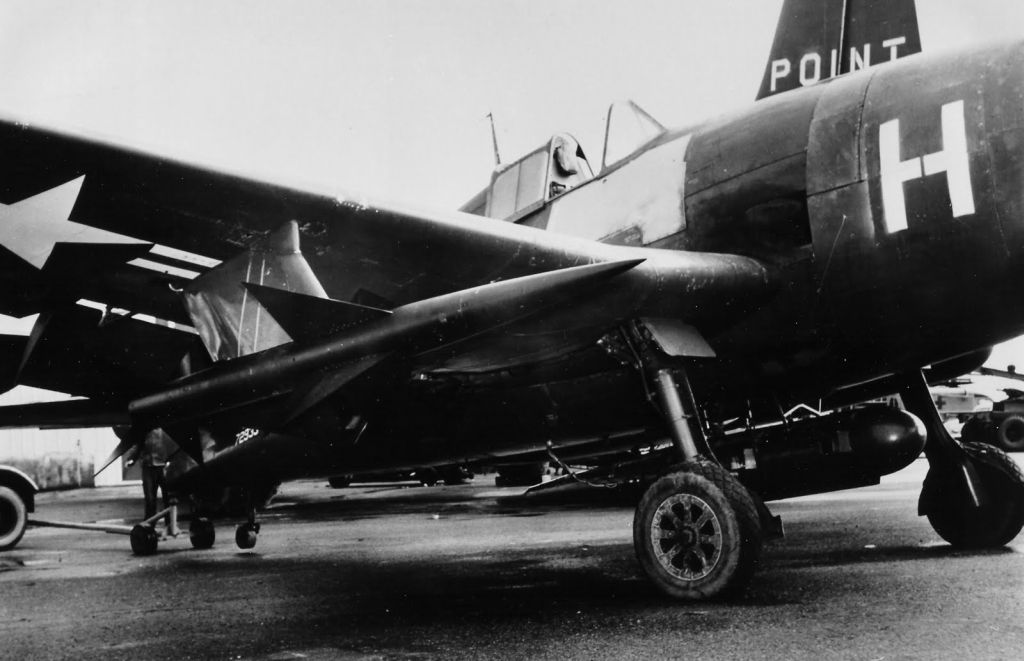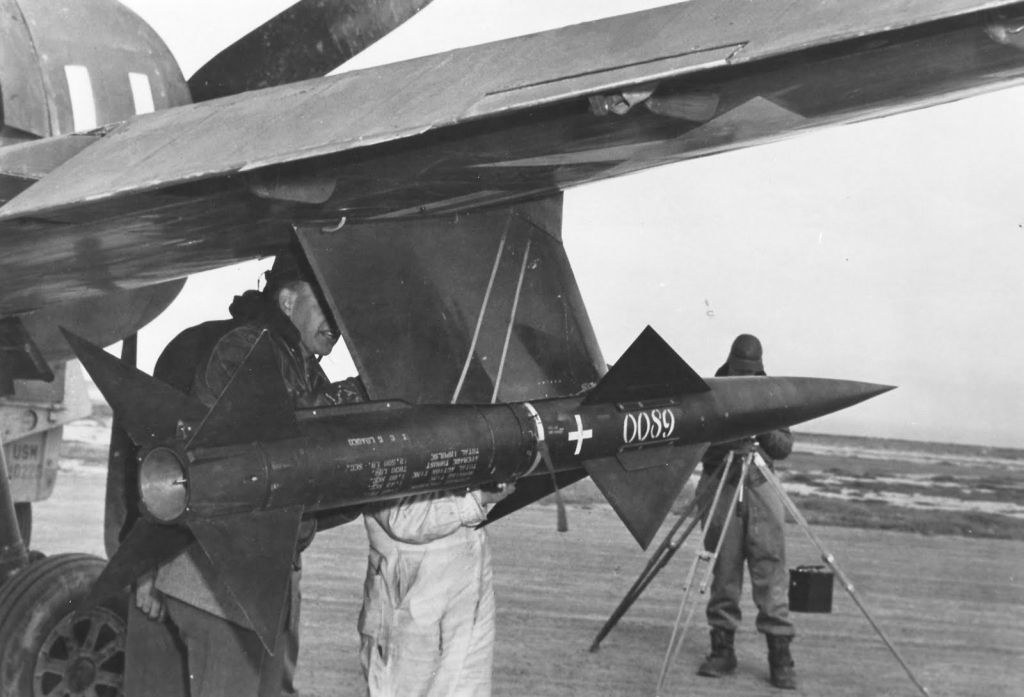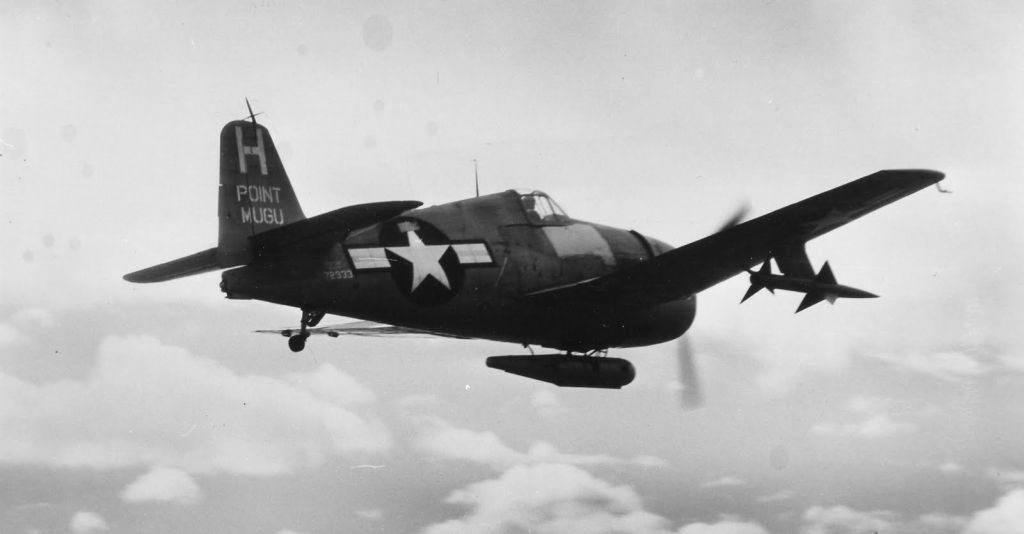Forums
- Forums
- Duggy's Reference Hangar
- USAAF / USN Library
- Another use for a Hellcat
Another use for a Hellcat
Post a reply
- Go to Previous topic
- Go to Next topic
- Go to Welcome
- Go to Introduce Yourself
- Go to General Discussion
- Go to Screenshots, Images and Videos
- Go to Off topic
- Go to Works in Progress
- Go to Skinning Tips / Tutorials
- Go to Skin Requests
- Go to IJAAF Library
- Go to Luftwaffe Library
- Go to RAF Library
- Go to USAAF / USN Library
- Go to Misc Library
- Go to The Ops Room
- Go to Made in Germany
- Go to Campaigns and Missions
- Go to Works in Progress
- Go to Juri's Air-Raid Shelter
- Go to Campaigns and Missions
- Go to Works in Progress
- Go to Skinpacks
- Go to External Projects Discussion
- Go to Books & Resources
-
13 years ago
 Main AdminAfter the war Hellcats found a second use as drones.
Main AdminAfter the war Hellcats found a second use as drones.
However one drone was used as the launch vehicle for the first "Sparrows"
The history of the Sparrow missile dates back to 1947, when the U.S. Navy contracted Sperry to develop a beam-riding guidance system for a standard 12.7 cm (5 in) HVAR (High Velocity Aerial Rocket). The original designation for this missile project was KAS-1, but this was changed to AAM-2 in September 1947 and to AAM-N-2 in early 1948. The 5" diameter soon proved to be too small, so Douglas developed a new airframe of 20.3 cm (8 in) diameter. The first unpowered flight tests of XAAM-N-2 prototypes occurred in 1948. Development was difficult, however, and the first successful air-to-air interception was only done in December 1952. The AAM-N-2 Sparrow I entered service in 1956 with F3H-2M Demon and F7U-3M Cutlass fighters. Because of the inherent disadvantages of beam-riding guidance, like poor low-level performance, only 2000 Sparrow I missiles were produced, and it was withdrawn from service after only a few years. Another drawback of the AAM-N-2 was that the guidance beam was slaved to an optical sight in the aircraft, which necessitated visual identification of the target, making the Sparrow I a short-range VFR missile only.
The next 3 photos are taken at Point Mugu on 27 January 1950.
The centerline pod contains photographic equipment for documenting launch of the missile.


Regards Duggy.
Post a reply
- Go to Previous topic
- Go to Next topic
- Go to Welcome
- Go to Introduce Yourself
- Go to General Discussion
- Go to Screenshots, Images and Videos
- Go to Off topic
- Go to Works in Progress
- Go to Skinning Tips / Tutorials
- Go to Skin Requests
- Go to IJAAF Library
- Go to Luftwaffe Library
- Go to RAF Library
- Go to USAAF / USN Library
- Go to Misc Library
- Go to The Ops Room
- Go to Made in Germany
- Go to Campaigns and Missions
- Go to Works in Progress
- Go to Juri's Air-Raid Shelter
- Go to Campaigns and Missions
- Go to Works in Progress
- Go to Skinpacks
- Go to External Projects Discussion
- Go to Books & Resources
